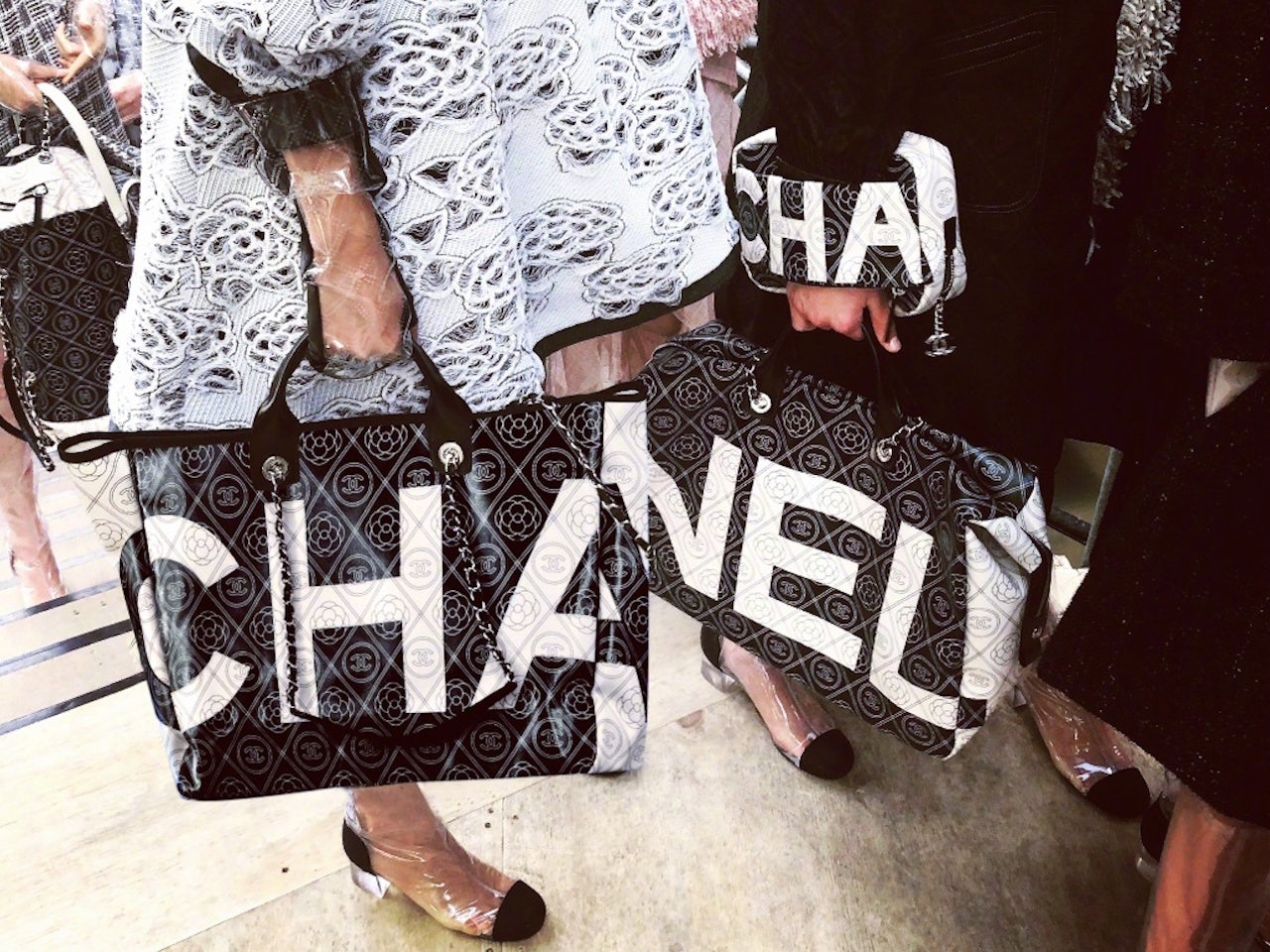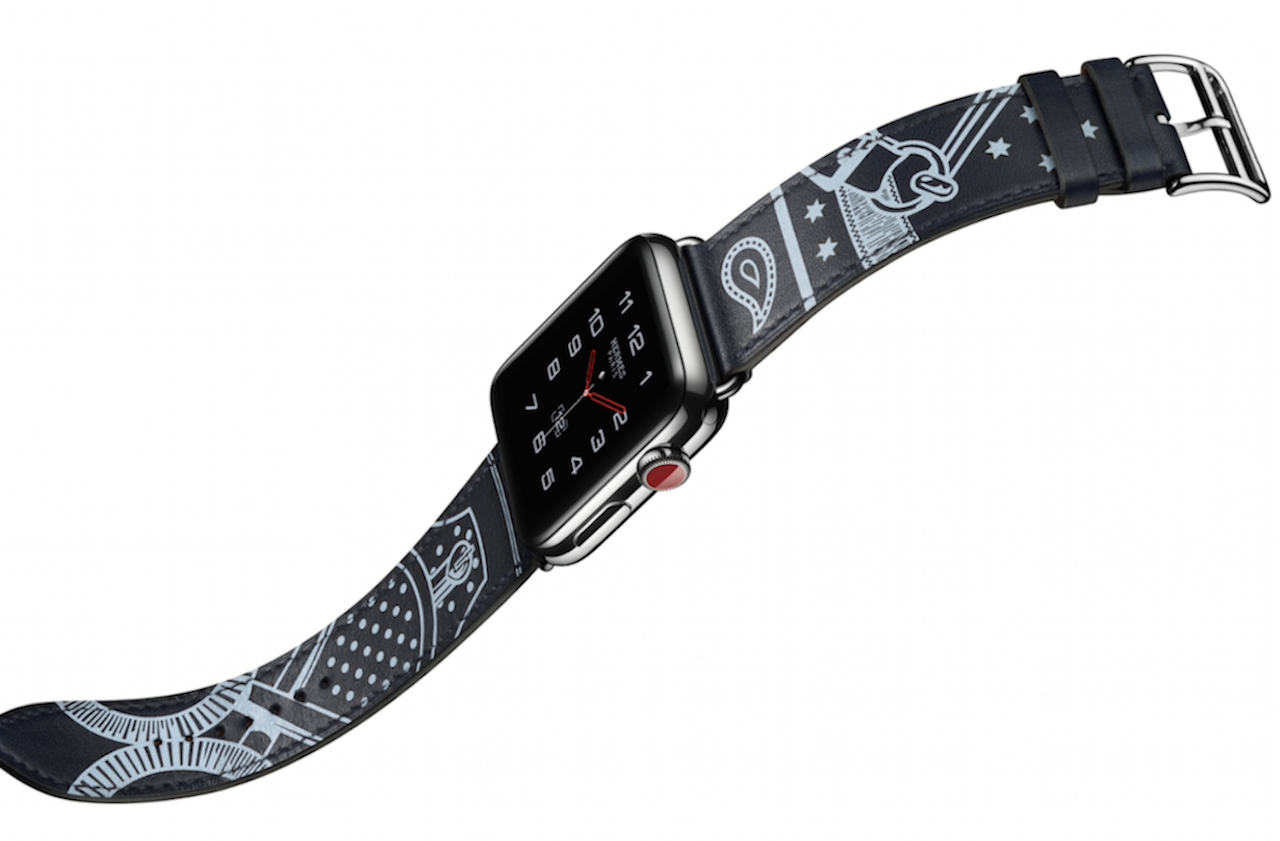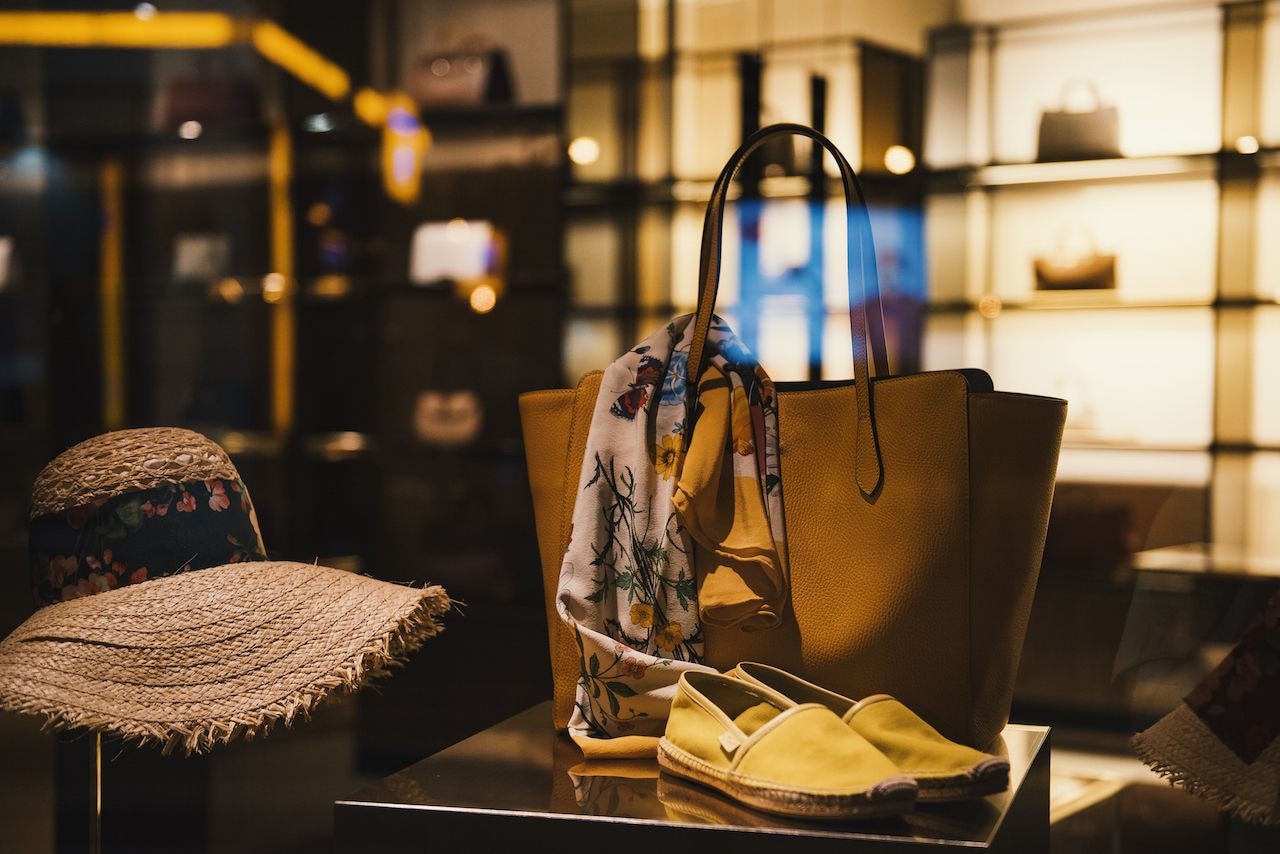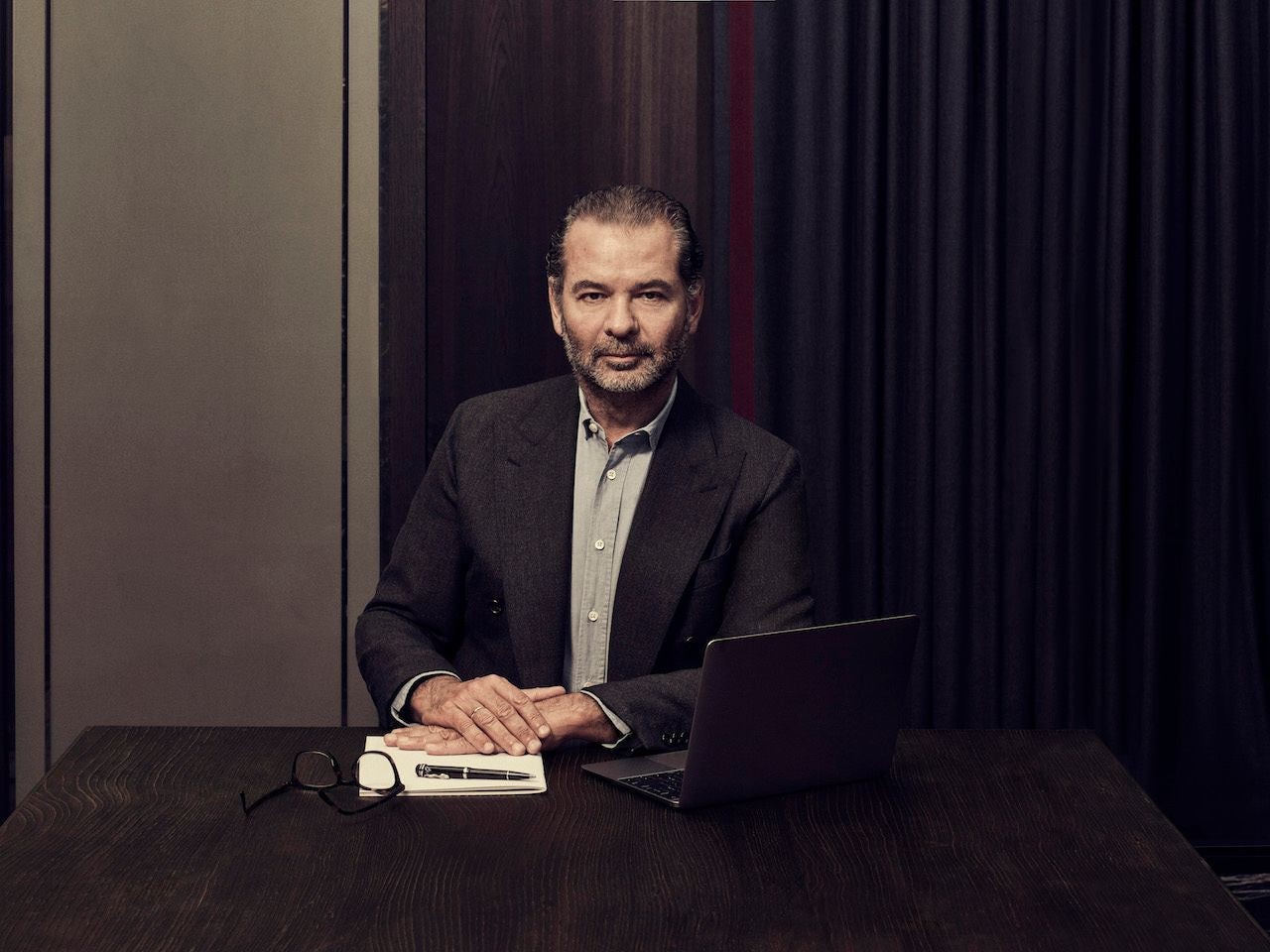“Every time I’m in China I meet clients who come and say, ‘whatever you do don’t do e-commerce. The day you do it for us this won’t be exclusive anymore,' ” Bruno Pavlovsky, President of Chanel Fashion, stated at the recent Vogue Fashion Festival in Paris.
The brand says it has no immediate plans to sell its core product line online. “If you give everything to everyone straight away, I think you lose that exclusivity,” he reasoned. But this doesn’t mean Chanel will stop exploring digital opportunities, Pavlovsky says that instead of going e-commerce, the brand will focus on providing “e-service” to allow customers to make appointments and reserve items online.
Chinese customers are known to be the most digitally driven and savvy crowd among global luxury shoppers, online is often their initial stop, and now thanks to e-commerce, it has become the final destination for purchasing luxury goods. Why would they oppose the opening of a Chanel e-commerce channel?
The answer to this question likely has to do with consumer psychology. As Pavlovsky mentioned, exclusivity is the definition of luxury, consumers take pride in exclusive items only they can access and exclusive pricing only they are aware of. Going e-commerce could mean many things; it could mean presenting transparent pricing that everyone can gain access to, or buyers missing out on exclusive shopping experiences in store. E-commerce has been popular for lower-priced products. Chanel going e-commerce in China could discount its perceived value. In the context of ever-evolving technology today, ‘going digital in China’ has a new meaning that is worth examining carefully.
Chanel is not a digital laggard in China. The brand’s experiment with WeChat e-commerce started as early as 2016, when it first sold the latest No. 5 perfume on WeChat. Now customers can also purchase products like cosmetics, perfume, and skincare goods directly via WeChat and the local Chinese site. Chanel is also one of the early pioneers in using advertising campaigns on WeChat’s Moments, a digital space that’s similar to Facebook's news feed, where more than 60 percent of users spend most of their time.
Since 2015, Chanel took the lead in adjusting pricing between mainland China and Europe. The pricing difference between these two regions is less than 5%. This seems to be the first step in launching a global e-commerce site, but unlike competitors Louis Vuitton and Gucci, Chanel still hasn’t made this digital jump.
Walking on the thin line between exclusivity and availability, like Chanel, many brands carefully craft an e-commerce strategy not on an e-commerce website, but through WeChat. Pop-up sales, limited editions, and Valentine’s Day-only are some of the marketing techniques frequently deployed by luxury brands to create exclusivity. While activities on WeChat can be social, transactional, and intimate, it can stimulate an exclusive shopping experience that is closer to a retail environment. In fact, WeChat has already been put to use in retail stores by sales associates. Thus, many brands devote their energy in developing an integrated online and offline strategy through WeChat's ecosystem.
KPMG projected approximately 50 percent of luxury goods sales in China will be made online by 2020. Could WeChat be the answer for luxury brands going digital in China without losing exclusivity in China? This is not definite. As technology evolves to be more human-like, the digital adoption is something that both status-seeking Chinese customers and luxury brands need time to adapt to.



